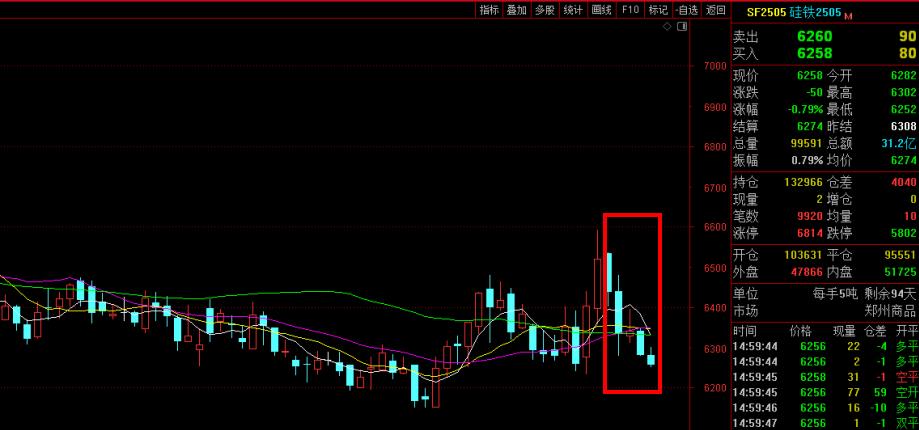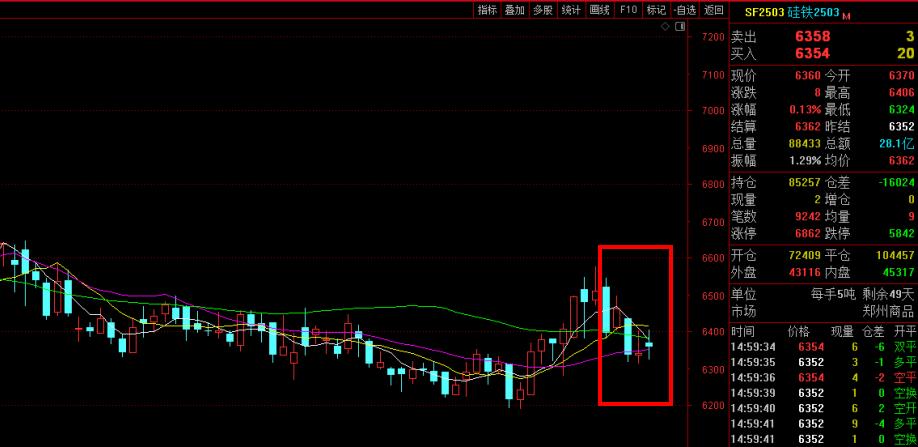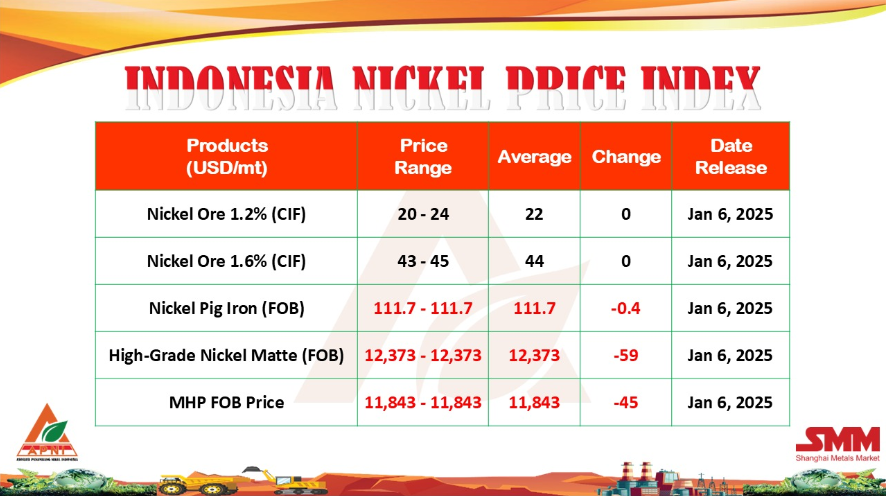Annual contract negotiations are kicking off in the steel hot-rolled coil market in the United States, with buyers likely at an advantage versus recent years thanks to expectations of uneven near-term demand and stagnant prices, market participants told Fastmarkets.
The talks typically start around now and last for the next 30 to 60 days, sources said. For 2023 contracts so far, buyers seem to be willing to take their chances with lower contracted tons, which could boost liquidity in the spot market, some said.
“I sense my service center customers are stalling,” a producer said. “The sentiment from service center purchasing seems to be ‘yes, go ahead and put a contract proposal in front of me, but I’m not in a hurry’.”
“No one seems to be in a hurry to get anything signed right now,” a second producer agreed.
“It seems like everyone is dragging their feet at this point in time,” a distributor source said. “Talking to our purchasing department about it... part of my question to them is, why should we send [the mills] our contract tons if they give spot tons to someone else [at a] lower [price] in the same time period? They say they care about their contract customers, but when the time comes, we don’t matter as much. The mills took advantage of everything in the last two years, and people want to take their licks where they can.”
The distributor noted that the contracts for 2022 weren’t as good for buyers as previous years, likely due to the prolonged effect of the coronavirus pandemic on supply chains, which turbocharged commodity prices globally.
In 2020, Fastmarkets’ daily US HRC index averaged at $29.41 per hundredweight ($588.20 per short ton), and then more than doubled to an average of $80.62 per cwt in 2021.
Fastmarkets’ daily steel hot-rolled coil index, fob mill US reached $98.25 per cwt on September 20 and September 27 in 2021, the highest level since Fastmarkets began pricing this market in 1960. In contrast, Fastmarkets’ calculation of the index fell to $38.22 per hundredweight on September 19 this year, sinking by 61.1% from the same period last year.
A West Coast distributor who buys only on the spot market said that contracts are “great” for buyers when steel availability is tight, like when mills put buyers on allocation. However, he expects steel supply will be ample in 2023 with “all of this capacity coming online and a possible recession.”
Flat-rolled steelmakers have more than 13 million tons of new production capacity planned or under construction in the United States.
However, domestic hot band prices are unlikely to return to last year’s highs over the next year due to incoming steel capacity and falling raw materials prices, despite upcoming outages planned for this fall, analysts recently told Fastmarkets.
A third distributor source said: “Not only are our customers not ready to talk about contracts for next year due to the downward pressures potentially facing the market the balance of the year, I think companies on our supply chain level are not going to be pressured by the mills to lock things up for 2023 just yet.”
One consumer said it was a “relief” that one of his major contracts for 2023 was “already done,” but most of them weren’t yet.
“The mills have sobered up now,” he said.
Annual contracts have been previously cited by some steel producers as a bulwark against an eroding spot price environment. For example, Cleveland-Cliffs noted in its second-quarter earnings call that lower spot prices will be “mitigated by fixed contractual prices” with contract price resets on October 1 expected to “go higher, not lower,” thanks in particular to automotive demand, according to Celso Goncalves, Cleveland-Cliffs’ executive vice president and chief financial officer.
fastmarkets
Copyright © 2013 Ferro-Alloys.Com. All Rights Reserved. Without permission, any unit and individual shall not copy or reprint!
- [Editor:kangmingfei]



 Save
Save Print
Print Daily News
Daily News Research
Research Magazine
Magazine Company Database
Company Database Customized Database
Customized Database Conferences
Conferences Advertisement
Advertisement Trade
Trade














 Online inquiry
Online inquiry Contact
Contact

Tell Us What You Think